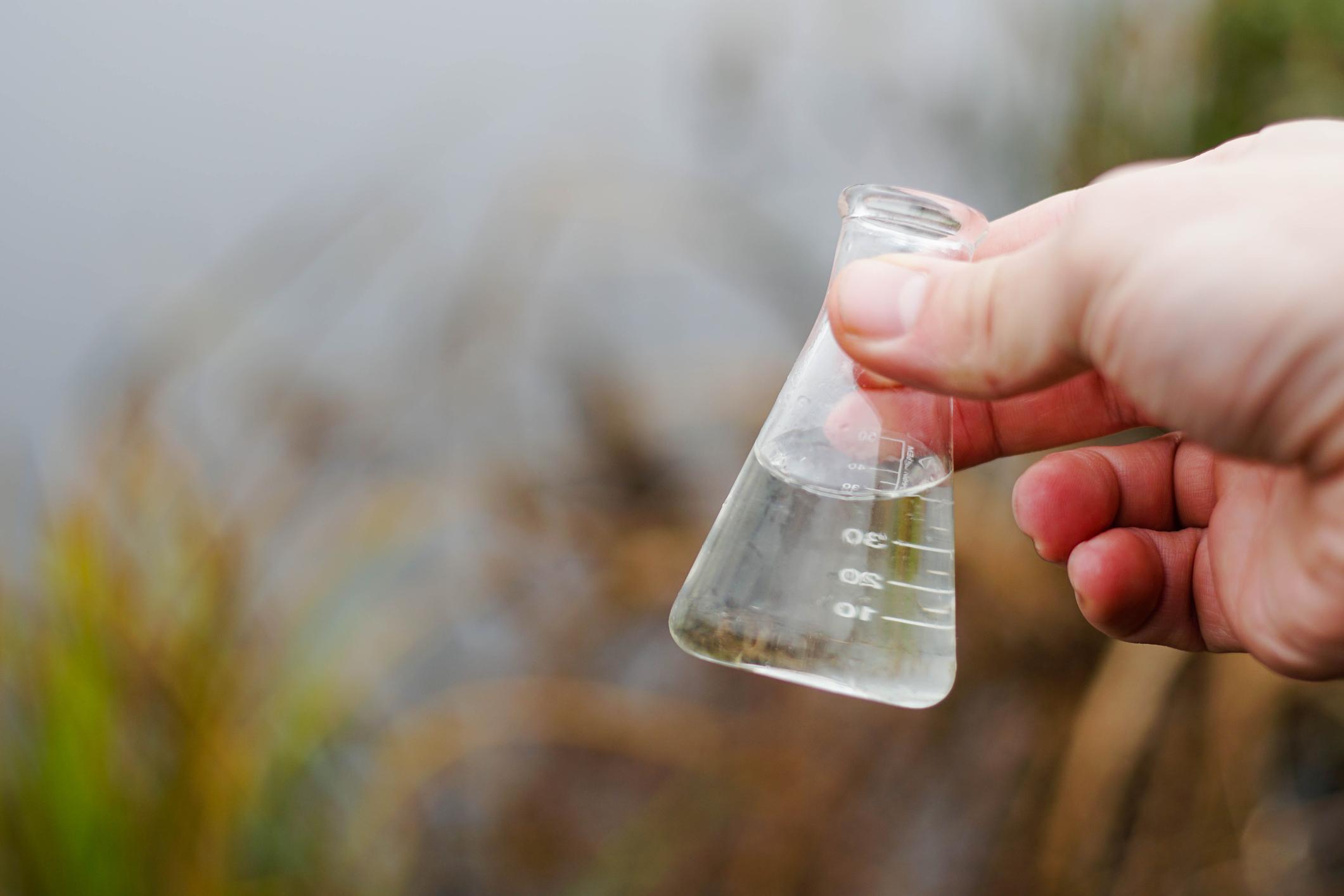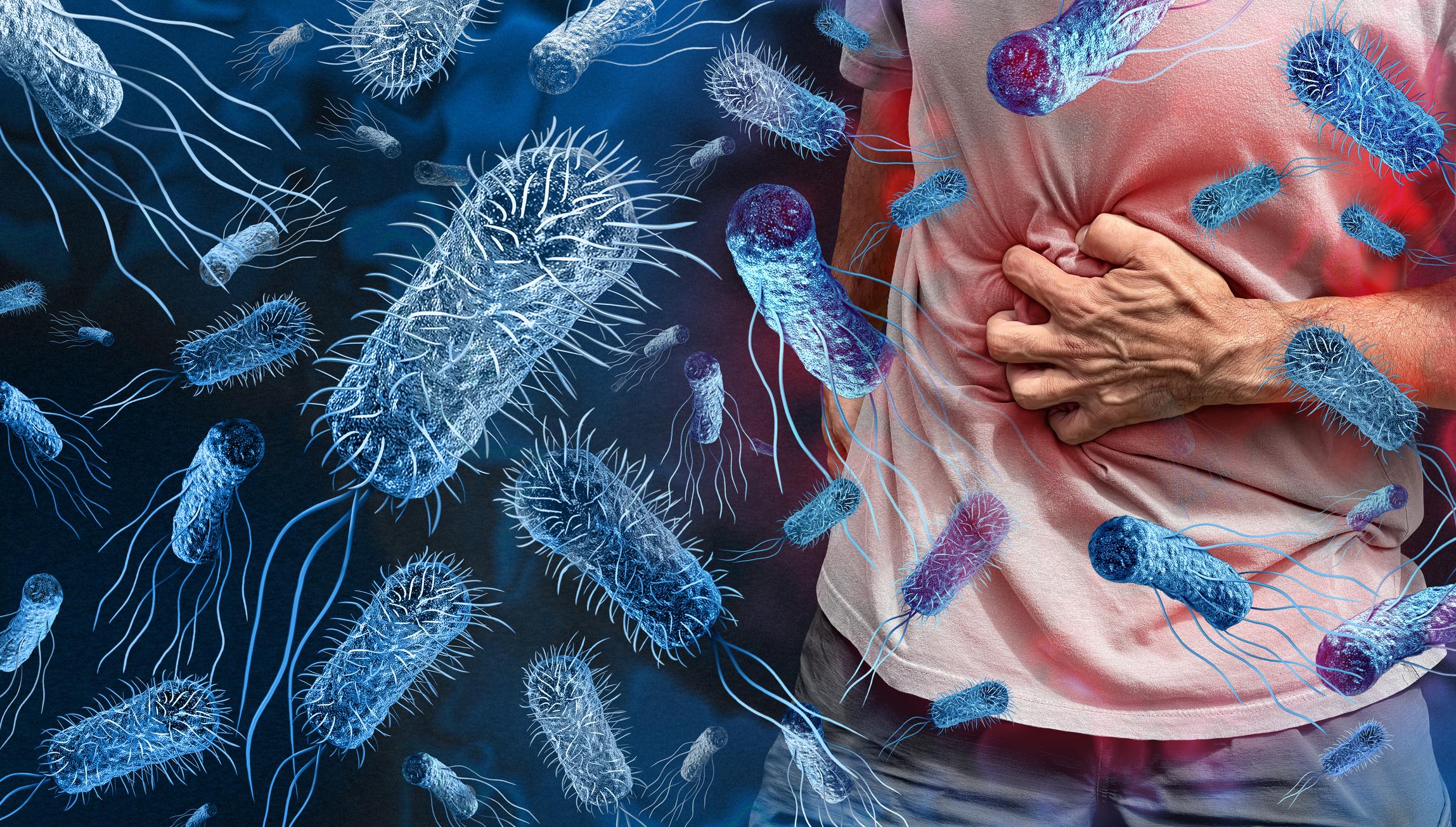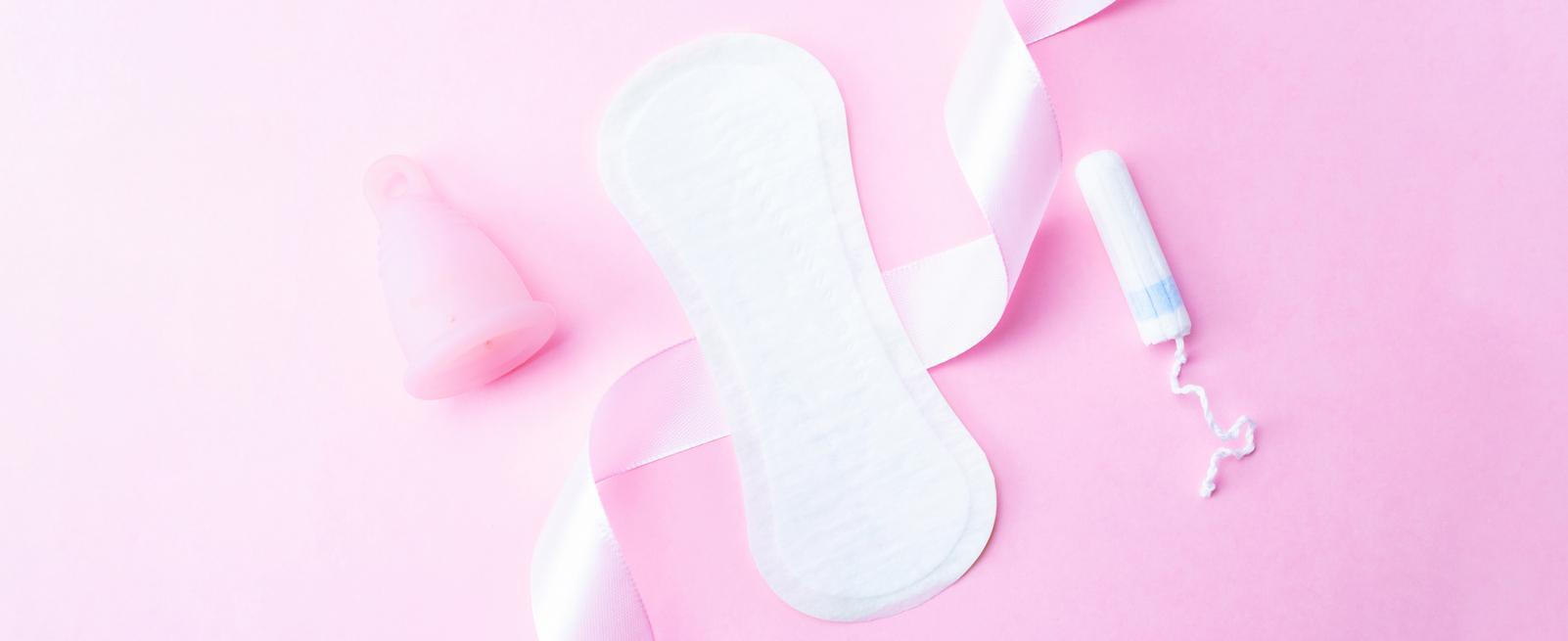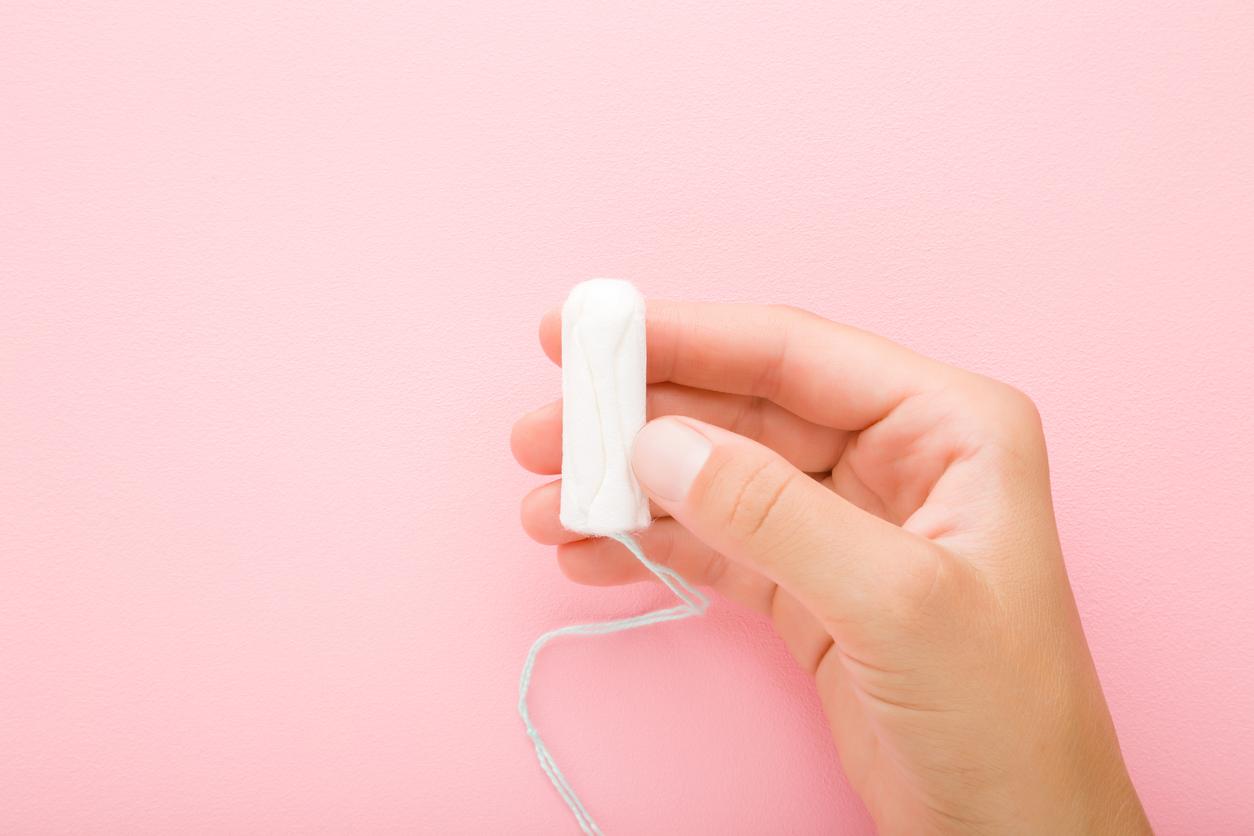A periodic tampon should not be worn for more than 8 hours according to the latest study from the weekly epidemiological bulletin (BEH) which analyzed five cases of toxic shock syndrome linked to menstruation occurring in Pays de la Loire … The scientific data are clear : you must change your tampon regularly and wash your hands well before putting them on.

The BEH study revives attention on Toxic Shock Syndrome (TSS), observed in 5 women after misuse of their periodic tampons. This analysis comes after the story of Lauren Wasser, this model known to have had a leg amputated after suffering from this rare, but serious … and increasing, syndrome. What to say to women who are worried? Do not wear a tampon for more than 8 hours and wash your hands before changing it.
The bacteria involved are well known
It is a microbe, a bacterium called staphylococcus, often present in humans without consequence, but which is sometimes resistant to antibiotic treatments. It is therefore probably not the tampon that is the cause, but its intermediary in the contamination … This will not reassure women, but similar cases have been described with diaphragms, caps or cervical sponges. Most of these infections are easy to cure without sequelae under two conditions: take antibiotics quickly and hope that they are not facing a resistant microbe. Fortunately, this is particularly rare. However, since the end of the 1990s, TBS has reappeared and is increasing every year: in France, 5 cases in 2014, 19 in 2011, 22 in 2014; which shows that the war against antibiotic resistance due to our overconsumption of these drugs (and their use in animal husbandry) is far from being won.
As for the mechanism of SCT, it is due to a toxin, produced by the microbe, which is not suppressed by the antibodies against it by the body and of which 90% of women are naturally carriers. The five young girls had none; which forces them to be even more careful with their tampons. The risk of recurrence being real.
The diagnosis must be made as quickly as possible
TBS makes you think of the flu with pimples that look like the ones you get when you are in the sun, so it’s not easy to relate to the tampon. A small peculiarity not always present, fainting or the feeling of wanting to faint when standing.
In conclusion, faced with this type of symptoms, the doctor flounders and does not think about this diagnosis. When in doubt, he must deal with it.
Amputation is very rare
TBS is not always dramatic if you intervene quickly. This is also the case with these young girls from Pays de Loire. But the toxin, if it is not fought, can lead to necrosis (therefore amputations), heart problems, or kidneys. Amputation due to this syndrome is exceptional. One second … The specialists interviewed do not hide their amazement at the case of Lauren Wasser who declared, a few weeks ago, to have to undergo a second amputation of her other leg. They have only two hypotheses: the absence of antibodies against the toxin that causes TBS. But it can be assumed that after this first accident, Lauren was very vigilant. Second hypothesis: a completely different disease, the details given by the young woman are sometimes a little strange.
Should women be wary of tampons?
Let us repeat that the tampon is not the only entry point for the microbe.
Whether it is tampons, caps, or other means, the only explanation is in the accumulation of blood “trapped” by the protection and which represents, for a microbe, an ideal environment in which to develop and produce its dangerous toxin. It is in fact known that the “cultures” of microbes are easy to carry out in a blood medium. A hypothesis verified by the analysis of the case of young girls from the Loire Valley: 4 had indeed worn their tampon all night, far beyond the advice given by the doctors: change the tampon often, no more than 3 to 6 hours in a row, which obviously poses the problem of the night. The sanitary napkin then seems more suitable.
It is also necessary to favor tampons with the lowest absorption capacity.
And as always with germs, have impeccable hand hygiene. Certainly after having put the tampon, but especially before, this staphylococcus being very often on the skin.
.















